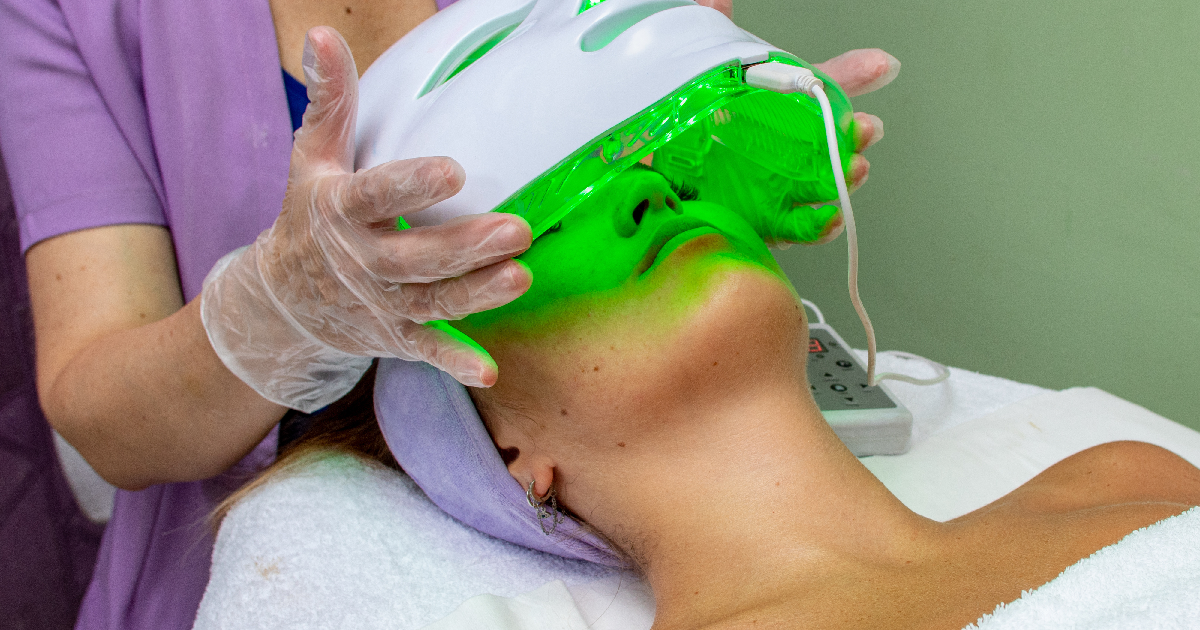Hair loss is a significant issue affecting millions globally, impacting appearance, self-confidence, and overall well-being. Thanks to advancements in medical technology, hair restoration techniques have become more effective than ever. Apex Performance and Aesthetics is a beacon for those seeking a unique wellness experience. Hair transplant surgery and Platelet-Rich Plasma (PRP) therapy are among the most popular and successful methods. We will analyze these two techniques in detail, comparing their benefits, procedures, and success rates to help you decide which method might be right for you.
What is Hair Transplant Surgery?
In hair transplant surgery, hair follicles are moved from one part of the body, usually the back or sides of the scalp (donor area), to the part of the body that is bald or thinning. This technique, used primarily to treat male pattern baldness, can also benefit women experiencing significant hair loss.
- Techniques of Hair Transplant Surgery: In Follicular Unit Transplantation (FUT), scalp tissue is removed from the donor area, dissected into individual follicular units, which are tiny, naturally occurring groups of one to four hairs, and then implanted into the recipient area. In contrast, Follicular Unit Extraction (FUE) extracts hair follicles straight from the donor area and implants them into the recipient. FUE is less invasive than FUT and leaves minimal scarring.
- Hair Transplant Surgery Benefits: Hair transplant surgery offers significant benefits, including a permanent solution to hair loss. Hair-thinning hormones cannot penetrate transplanted follicles. Additionally, advanced techniques make the results very natural, making distinguishing between transplanted and natural hair difficult.
- The Procedure: The hair implant procedure requires a thorough consultation with a hair restoration specialist before surgery to determine the best approach and set realistic expectations. On the day of the surgery, the donor area is shaved and numbed with local anesthesia, after which hair follicles are harvested using FUT or FUE techniques and carefully implanted into the prepared recipient area. Post-surgery, patients receive detailed instructions for managing discomfort and caring for the transplanted area to ensure optimal results.
- Success Rates and Expected Results: Hair transplant surgery is highly successful, with most patients experiencing significant hair density and coverage improvement. The full results of the surgery usually become visible within 12 to 18 months as the transplanted hair grows and seamlessly blends with the natural hair. This growth period allows the transplanted hair to fully integrate with the existing hair, resulting in a natural and fuller appearance.
What is PRP Therapy?
PRP therapy is a non-surgical treatment that uses the patient’s blood to stimulate hair growth. Platelets rich in growth factors are concentrated in the blood, and growth factors are injected into the scalp to promote hair follicle health.
- Benefits of PRP Therapy: PRP therapy offers several benefits: It is minimally invasive and involves a simple injection process without requiring surgical incisions. Utilizing the patient’s blood makes it a natural treatment method, minimizing the risk of allergic reactions or complications. Additionally, there is no downtime following the procedure, so patients can resume their normal activities immediately.
- The Procedure: During PRP therapy, a blood specimen is drawn from the patient’s arm and spun in a centrifuge to isolate the platelets on the blood components. The high-concentration platelets are injected into the scalp, targeting thinning or balding areas. Post-treatment, patients may experience mild soreness or swelling at the injection sites, but these usually go away within a few days.
- Success Rates and Expected Results: PRP therapy, or platelet-rich plasma therapy, has demonstrated promising outcomes in stimulating hair growth and enhancing hair density. The procedure typically involves multiple sessions for optimal results. Many patients report observing improvements within three to six months after starting treatment.
- Comparing Hair Transplant Surgery and PRP Therapy: When deciding between hair transplant surgery and PRP therapy, several factors should be considered, including the severity of hair loss, individual preferences, and budget. Hair transplant surgery is more invasive, involving surgical procedures and requiring several days to weeks for full recovery. Patients can return to their daily activities shortly after receiving PRP therapy because it is minimally invasive and requires no downtime. Additionally, hair transplant surgery is typically more expensive due to its complexity, while PRP therapy is generally more affordable, especially when multiple sessions are required. Hair transplant surgery suits individuals with significant hair loss and sufficient donor hair. At the same time, PRP therapy is ideal for those with early-stage hair loss or as an alternative treatment to other hair restoration methods.
- Case Studies and Testimonials: After undergoing hair transplant surgery and PRP therapy, individuals often share their experiences and insights. Countless patients have shared inspiring stories of life-changing results, including the restoration of their confidence and the joy of having fuller, healthier hair.
- Other Hair Restoration Techniques: Other hair restoration methods can be considered in addition to hair transplant surgery and PRP therapy. Light energy is used in low-level laser therapy (LLLT) to activate hair follicles and promote hair growth in a noninvasive and painless manner. Hair growth and hair loss are slowed by topical treatments such as minoxidil. Oral medications such as finasteride help reduce hair loss and promote regrowth by inhibiting the hormone responsible for hair loss. These techniques can be used alone or in combination with hair transplant surgery and PRP therapy to achieve optimal results.
Consult a Professional
Selecting the right hair restoration technique is a vital decision that can profoundly impact your overall appearance and self-confidence. When considering hair transplant surgery and PRP therapy, weighing their unique benefits and potential considerations is important. Hair transplant surgery involves the transfer of healthy hair follicles from one area of the scalp to another. On the other hand, PRP therapy harnesses the body’s growth factors to stimulate hair follicle health and promote hair growth. It’s vital to consult with a hair restoration specialist to thoroughly understand the nuances of each technique, ensuring that you can make a well-informed decision tailored to your individual needs.
Takeaway
Unlock the potential of your hair restoration journey at Apex Performance Med Spa, where we provide an array of services, including hair transplant surgery and PRP therapy. Our hair restoration specialist is committed to assisting you in attaining your hair restoration goals with personalized treatment plans and state-of-the-art technology. Start on the road to a more healthy head of hair by contacting us today so that you can see how we can help.






